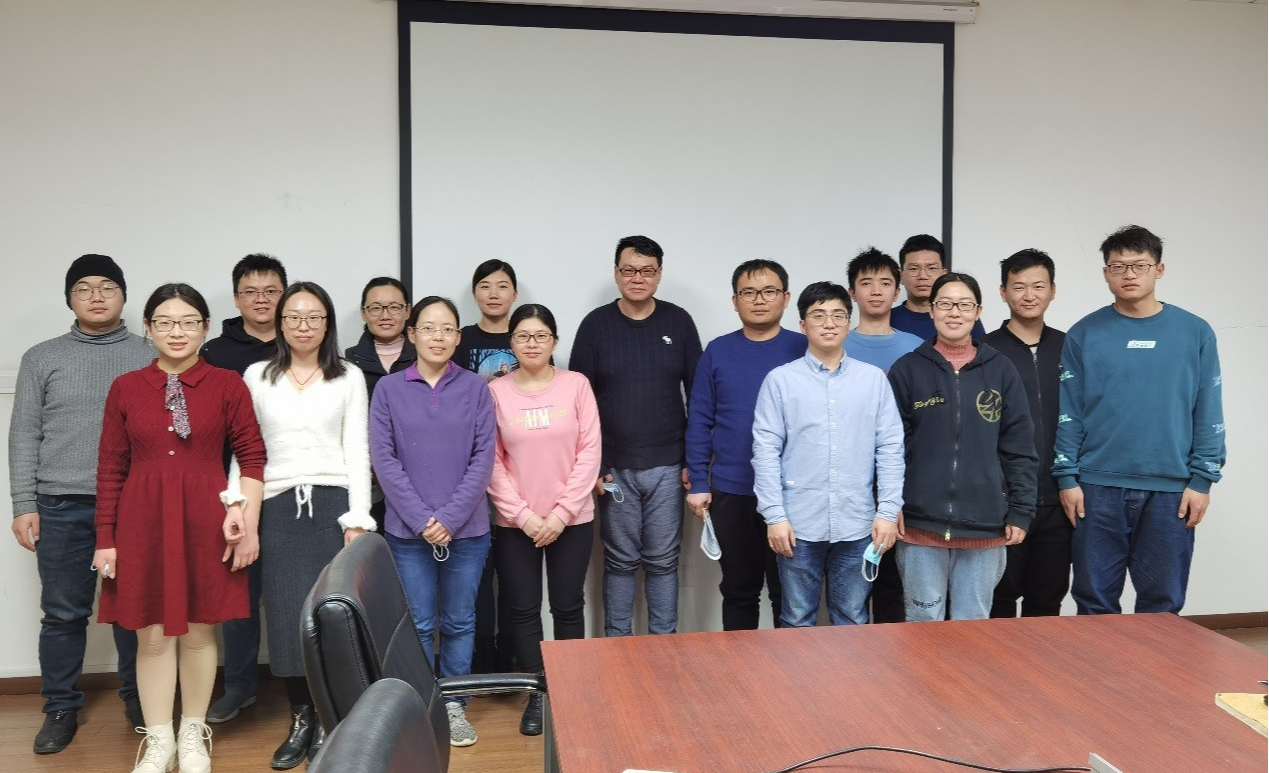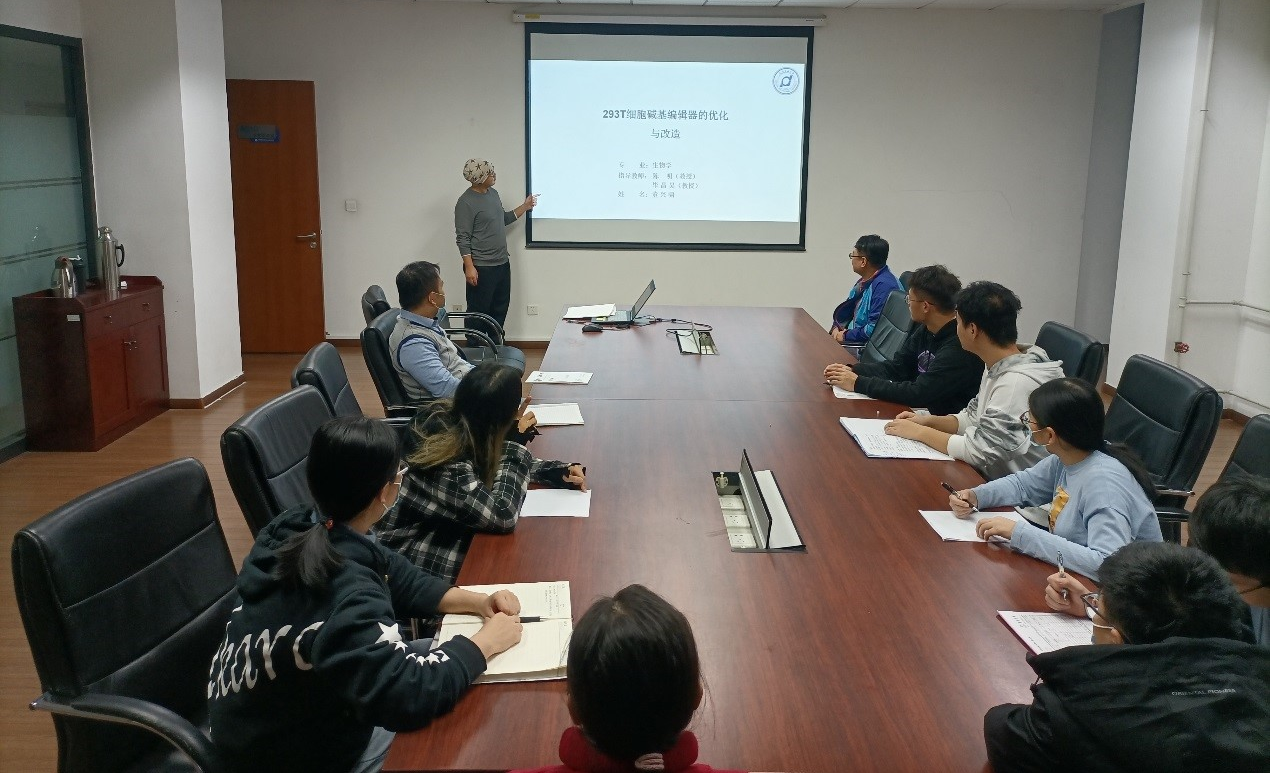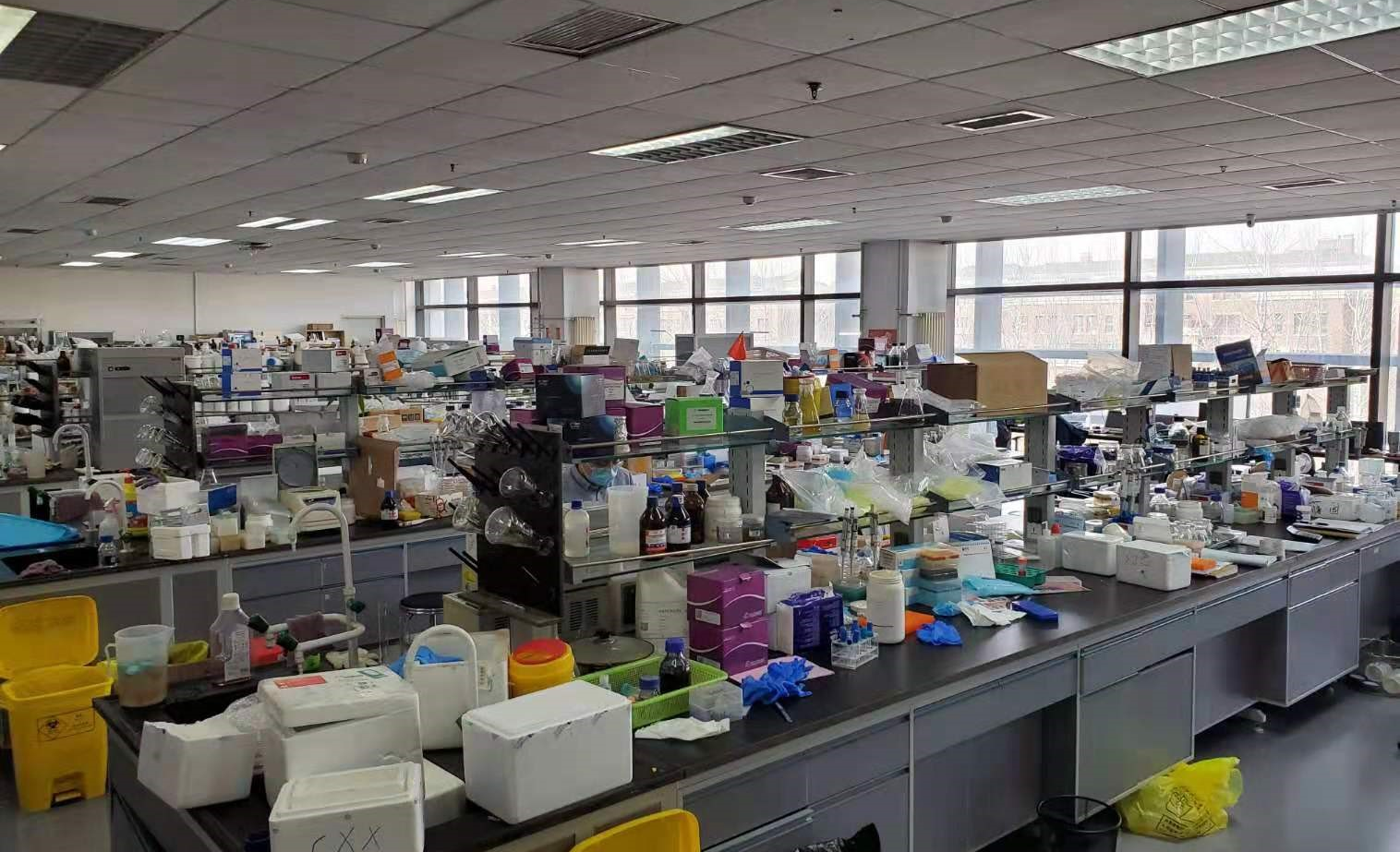Research Area
Our research group is named as Synthetic Biotechnology Group. The aim of our group is pushing the limit of synthetic biology research by developing enabling technologies. We focus on DNA and genome manipulation techniques for controlling DNA with faster, deeper and bigger fashions. The group has published 40 SCI research articles in Journals like Nat Biotechnol, ACS Synth, Metab Eng, etc. the group has developed a series of genome and base editing techniques in mammalian cells and microbes like E. coli, Ralstonia eutropha and Bacillus subtilis. More than a hundred labs are using these systems based on the request we have received and record on the Molecular Cloud website. In 2020, the group has created GBE base editor, which specifically convert G to C in mammalian cells, and could be potentially used to treat G/C SNV caused genetic diseases.
Team Description
Synthetic Biotechnology Group is established since 2014. The team is currently constituted of 1 professor, 1 associate professor, 3 assistant professors, 4 postdocs and 13 graduate students. The team PI, Changhao Bi, currently works as Professor of Tianjin Institute of Industrial Biotechnology CAS, and the Leader Scientist of Chines High Technology (863) research program from 2014 to 2018. He studied in Nankai University for his Bachelor and Master degree, and obtained the Ph.D. in University of Florida in 2009 before worked in University of Delaware and Laurence Berkeley National Lab as Post Docs and Research Biologist respectively.
Team Members
Team Show
Publications
1. Zhao D., Li J., Li S., Xin, X., Hu M., Price M., Rosser S., Bi, C.* &Zhang, X.* (2020) Glycosylase base editors enable C-to-A and C-to-G base changes. Nature Biotechnology, https://doi.org/10.1038/s41587-020-0592-2
2. Zhao D, Zhu X, Zhou H, Sun N, Wang T, Bi, C.* &Zhang, X.*. CRISPR-based metabolic pathway engineering. Metab Eng. (2020) Nov 2:S1096-7176(20)30159-2. doi: 10.1016/j.ymben.2020.10.004. PMID: 33152516.
3. Liu L, Zhao D, Ye L, Zhan T, Xiong B, Hu M, Bi, C.* &Zhang, X.*. A programmable CRISPR/Cas9-based phage defense system for Escherichia coli BL21(DE3). Microb Cell Fact. (2020) Jul 3;19(1):136
4. Xie Q, Li S, Zhao D, Ye L, Li Q, Zhang X, Zhu L*, Bi C*. Manipulating the position of DNA expression cassettes using location tags fused to dCas9 (Cas9-Lag) to improve metabolic pathway efficiency. Microb Cell Fact. 2020 Dec 14;19(1):229.
5. Zhan T, Chen Q, Zhang C, Bi, C.* &Zhang, X.*. Constructing a Novel Biosynthetic Pathway for the Production of Glycolate from Glycerol in Escherichia coli. ACS Synth Biol. 2020 Sep 18;9(9):2600-2609.
6. Yu S, Price M., Wang Y, Rosser S., Bi, C.*, and Wang M.* (2020) CRISPR-dCas9 Mediated Cytosine Deaminase Base Editing in Bacillus subtilis. ACS Synthetic Biology 2020 9 (7), 1781-1789
7. Xin, X., Li, J., Zhao, D., Li, S., Xie, Q., Li, Z., Bi, C.* &Zhang, X*. (2019). Double-check base editing (DBE) for efficient A to G conversions. ACS synthetic biology. (2019).10.1021/acssynbio. 9b00284.
8. Xiong, B., Li, Z., Liu, L., Zhao, D., Zhang, X*., Bi, C*. (2018). Genome editing of Ralstonia eutropha using an electroporation-based CRISPR-Cas9 technique. Biotechnology for Biofuels, 11(1), 172.
9. Feng, X., Zhao, D., Zhang, X., Ding, X*., & Bi, C*. (2018). CRISPR/Cas9 assisted Multiplex Genome Editing Technique in Escherichia coli. Biotechnology journal, 1700604.
10. Zhao, D., Feng, X., Zhu, X., Wu, T., Zhang, X*., and Bi, C*. (2017) CRISPR/Cas9-assisted gRNA-free one-step genome editing with no sequence limitations and improved targeting efficiency, Scientific Reports. 2017. 16624.
11. Zhu X, Zhao D, Qiu H, Fan F, Man S, Bi C*, Zhang X*(2017). The CRISPR/Cas9-facilitated multiplex pathway optimization (CFPO) technique and its application to improve the Escherichia coli xylose utilization pathway. Metab Eng. 43:37-45.



